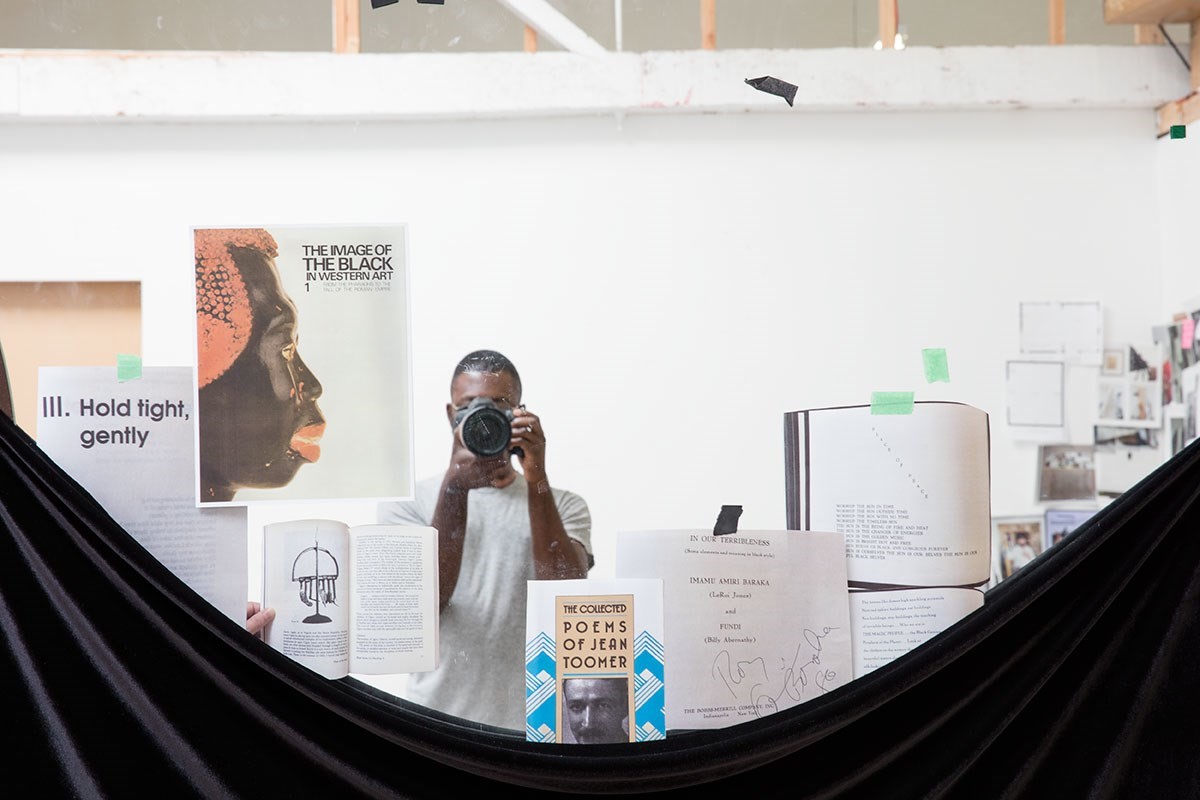To accompany BLUE DUETS, her Spring/Summer 2018 show held inside a Holborn church, British designer Grace Wales Bonner distributed an anthology patchworked with poems, excerpts, photography, cut-ups and lists. It was a revelatory glimpse into the multiple references stitched into the 26-year-old’s exquisite collections, and the voices integral to conjuring their powerful moods. This Document is a chance to dive deeper into the gifted designer’s rich cultural lexicon; a meticulously crafted 32 pages that includes Hilton Als’ provocative untangling of the Michael Jackson enigma, Jean Baudrillard’s pioneering thoughts on hyper-reality, a delicately explosive night-time poem by Alan Miller that stretches across the page, and a handful of haunting vignettes from Harlem Renaissance master Jean Toomer.
To illustrate her chosen texts, Wales Bonner asked Brooklyn-based artist and kindred spirit Paul Mpagi Sepuya to produce a project incorporating the books on her shelves. The resulting images mark the first time the pair have worked together. “I saw his first solo show, FIGURES, GROUNDS AND STUDIES, in New York,” she explains. “He exhibited self-portraits, friends, muses, nudes and still lifes, re-worked, printed, torn, fragmented and re-photographed to create new compositions. He deconstructs the tropes of studio portraiture, testing its limits and challenging its boundaries, whilst maintaining a fidelity to the format and an awareness of his position within its history. Stained wood, the subtlety and suggestion of a draped taupe bed sheet – deeply elegant and confident masculine aesthetics – drew me in. His gaze felt fresh, like nothing I had seen before. I was moved by its directness, the desire, the clarity of his vision, but also by the vulnerability I perceived in the men he depicted, portraits that felt both beautiful and romantic to me. It’s an honour to collaborate with an artist whose work I admire so much, especially as I feel some of these references are shared inspirations.”
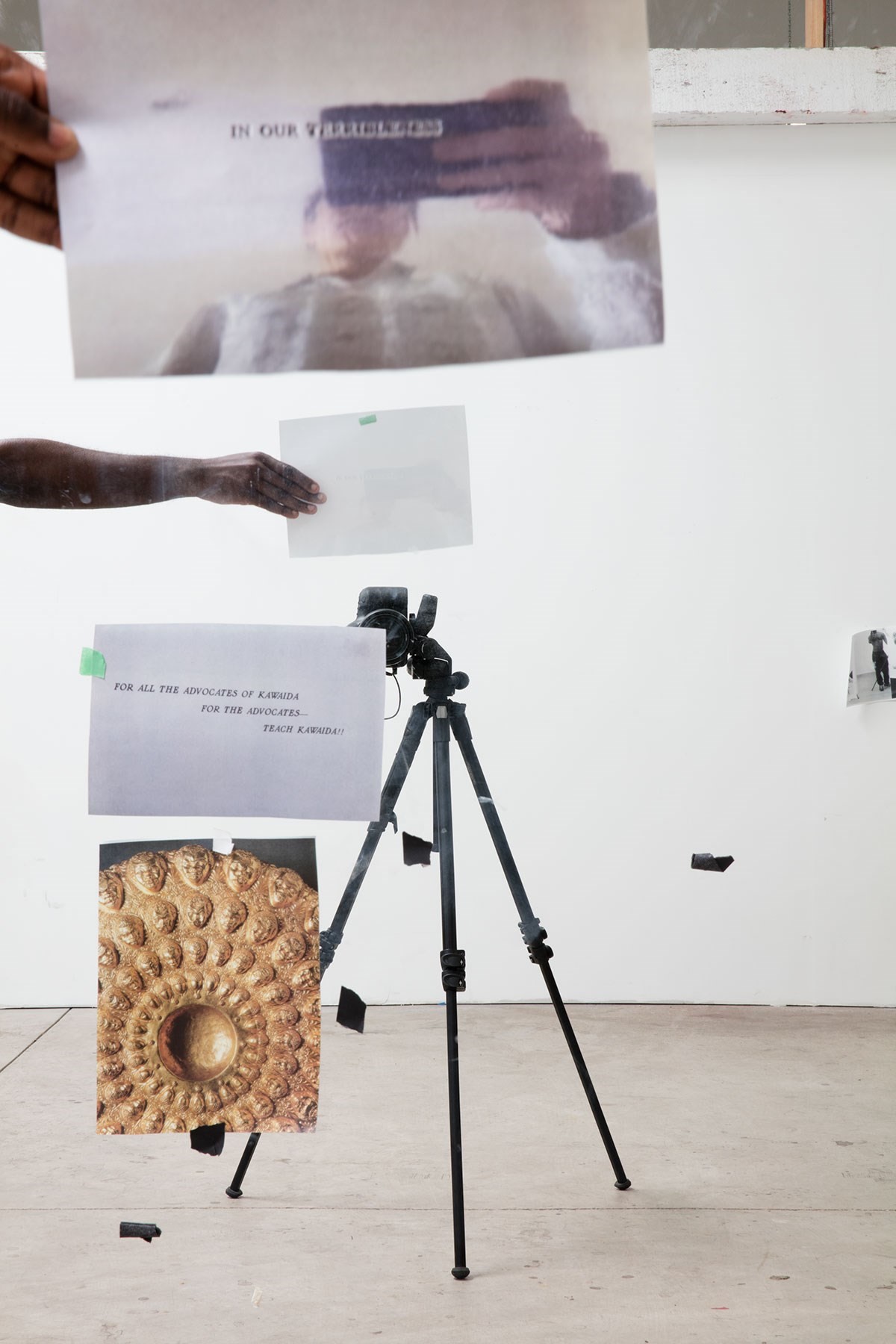

In Our Terribleness by Amiri Baraka
“I bought a signed first edition of this book to celebrate graduating from Central Saint Martins. While I was researching Ebonics (my Autumn/Winter 2015 collection), I was thinking about the means of communicating black intonation, or a distinctly black vocality. I became fixated on a 1980 recording of Baraka reciting his seminal poem, Dope. Despite being a contentious figure, whose extremist viewpoints I do not share, elements of Baraka’s writing have had an influence on me. I’m interested in the way he exploits the medium of poetry, demonstrating how an established form can be appropriated or corrupted through a polyrhythmic frequency.
In Our Terribleness, subtitled Some Elements and Meaning in Black Style, presents the transformation of a black struggle. It operates as a visual poem, illustrated with soulful black and white photographs by Billy Abernathy depicting Nation of Islam communities in 70s Chicago. The book reclaims and builds on a ‘black is beautiful’ sentiment. Baraka’s powerful riffs are influenced by Kawaida and Pan-Africanist philosophy, connecting black people to a majestic, divine and spiritual lineage. The physicality of the book also adds to its rarity; it feels hand-made, coloured with hand-drawn symbols, some sections mounted by hand. The layout is freeform and expressive, guiding the orality. Like a Thelonius Monk recording, the book is also marked by repetition and mistakes that radiate their own broken dignity.”
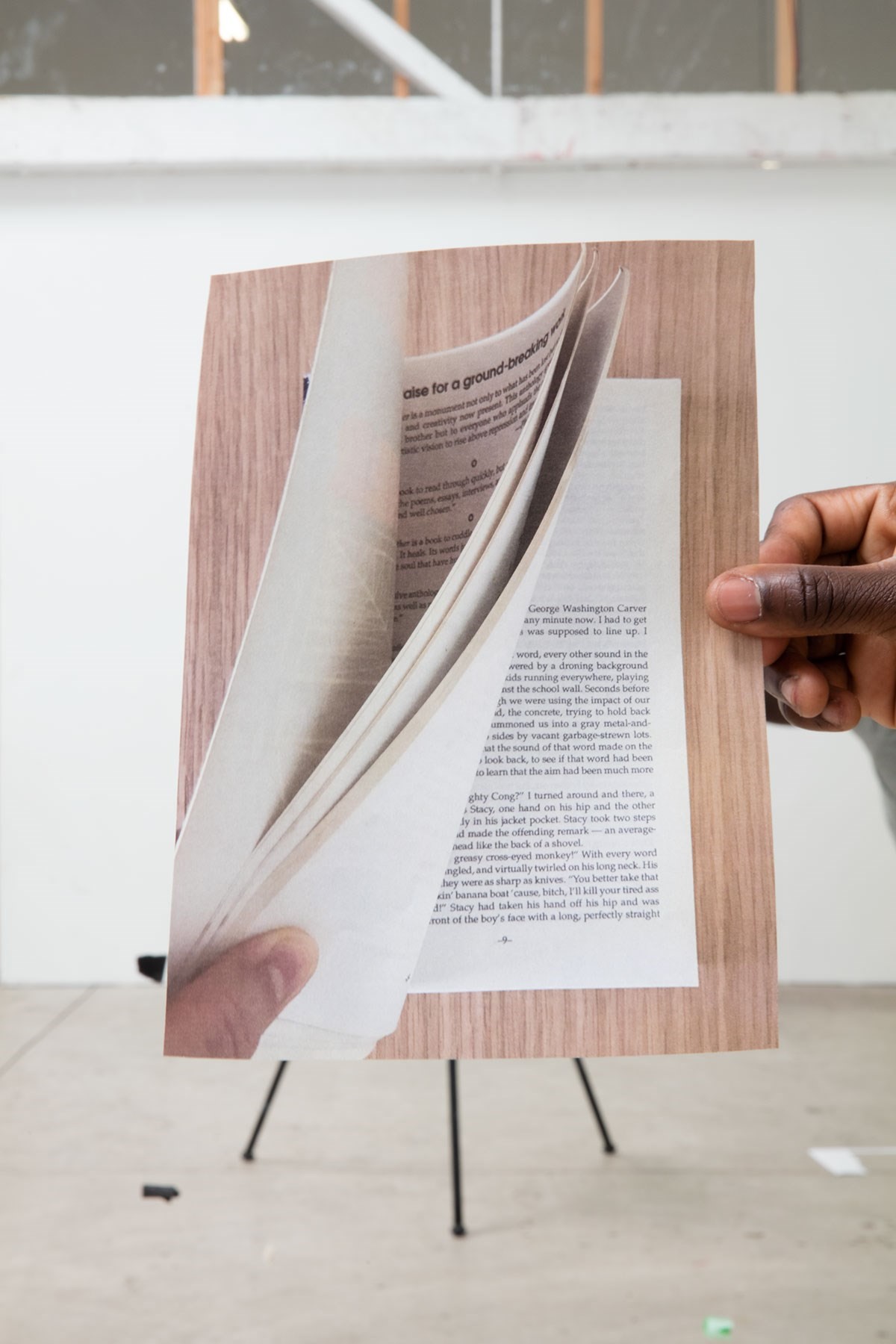

Flash of the Spirit: African and Afro-American Art and Philosophy by Robert Farris Thompson
“In Basquiat: A Quick Killing in Art, Phoebe Hoban writes that Robert Farris Thompson was the only white critic that Basquiat felt understood his work. Farris Thompson is an energetic and compelling writer who draws connections between the choreography and musicality of the peoples within the Black Atlantic triangle. He also considers the philosophical and aesthetic streams of creativity that stem from the Caribbean and Africa and infiltrate the New World – from Yoruba art in America to rhythmised Mande textiles weaving a rich and colourful visual history.”
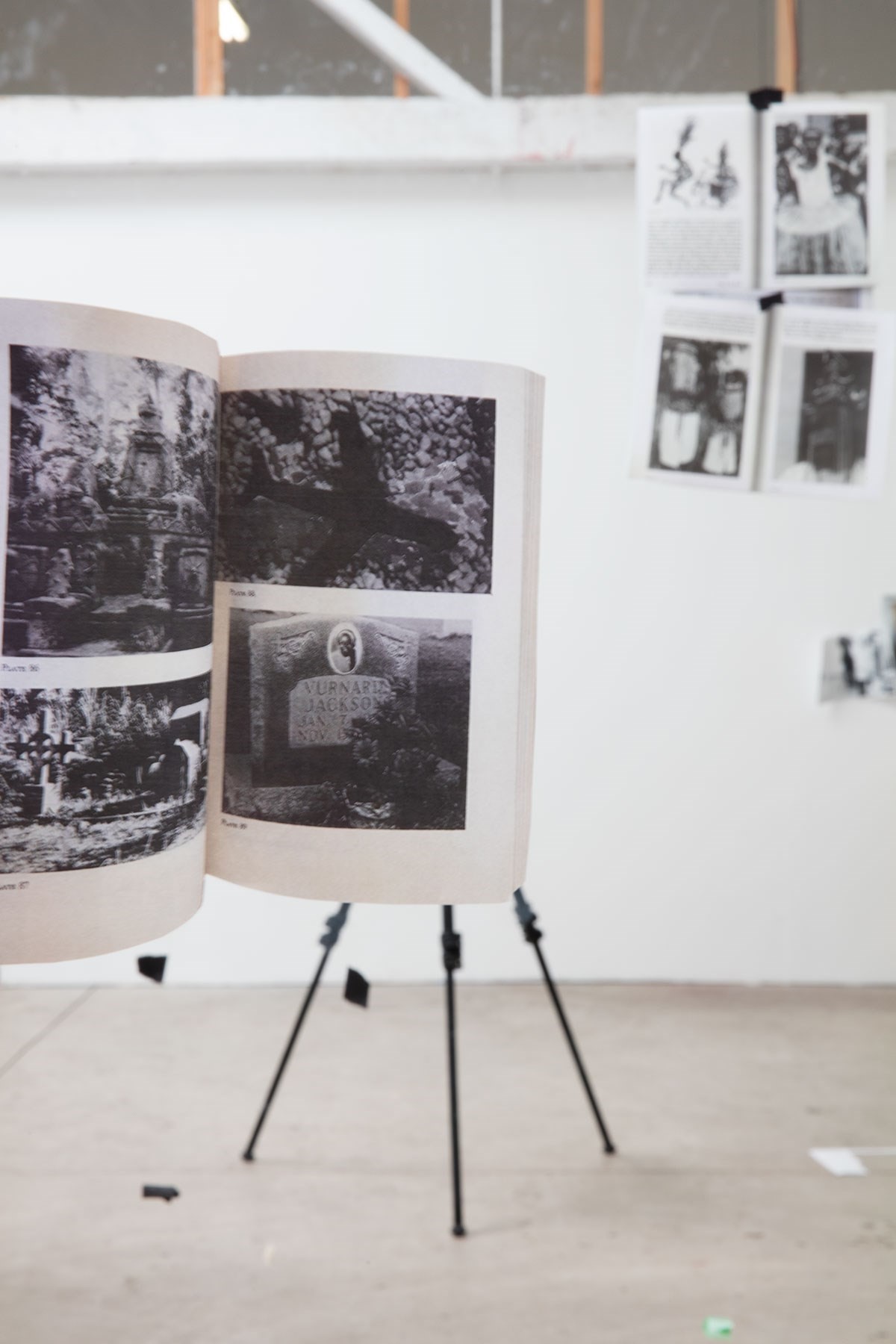
Simulacra and Simulation by Jean Baudrillard
“Like everyone, I got into Jean Baudrillard’s writing at art school. This philosophical text describes a world of signs, symbols and their exchange, which construct social reality. It helps form an understanding of the limitations we experience in terms of language, and the media that shape our perceptions. The idea of simulacra, an imitation without an original, is something I find myself returning to often.”
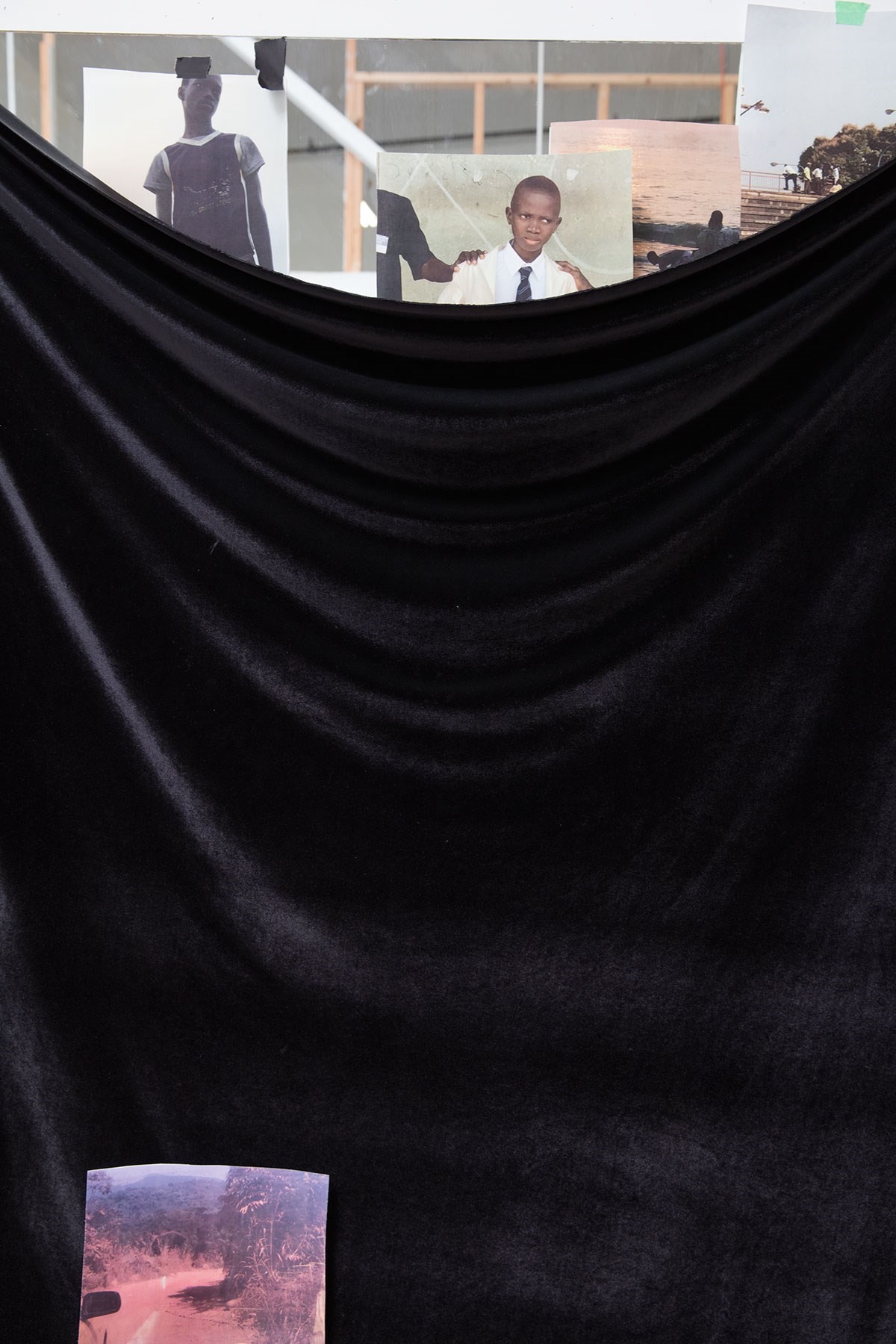
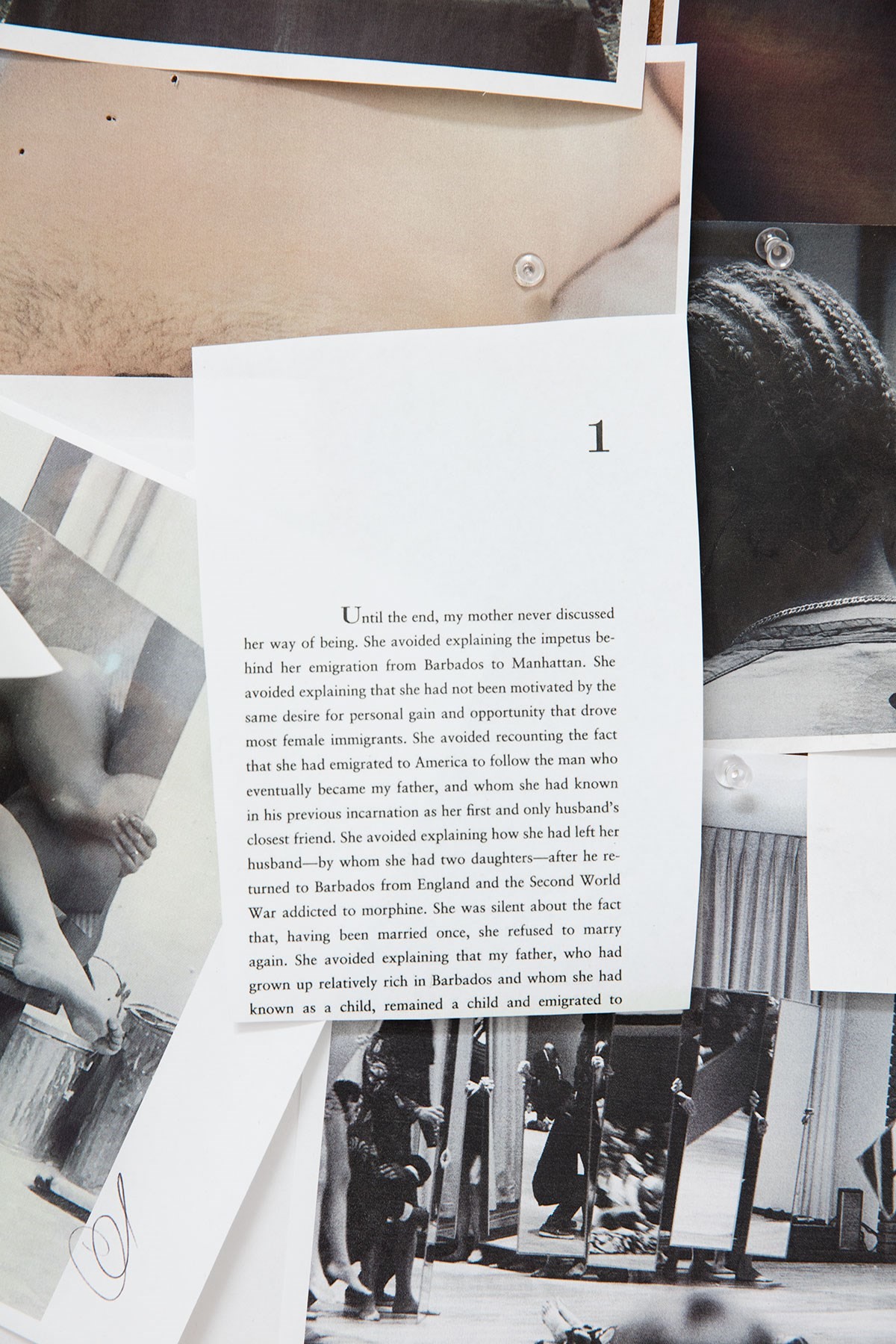
The Feel Trio by Fred Moten
“I came to The Feel Trio after reading Moten’s earlier book, In the Break: The Aesthetics of the Black Radical Tradition, which had been my starting point for research for my dissertation, which considered black rhythmicality felt through aesthetic practices. The Feel Trio is part of a series of experimental poems exploring black rhythmic expression and black experience in America, through a nuanced, expressive and jazz-like style. Phrases read like musical composition, harmonising in various registers, instruments, and genres of sound, through nuanced dialect and diction, improvisation and refrain. It’s only when you hear Moten speak that the soul of the work reveals itself fully – his offbeat phrasing is characterised by a melancholic familiarity, simultaneously graceful, elegant and deep. I’ve spent hours listening to his lectures and readings on YouTube. One of my favourites is a reading from the National Book Awards in 2014, where he recites the drummer’s part: ‘I grew up in a bass community in Las Vegas. Everything was on the bottom and everything was everything and everybody’s. We played silos. Our propulsion was flowers. The cellar was flooded with raised sand. Johnny Winter in America. Everybody and everything was hard again.’”
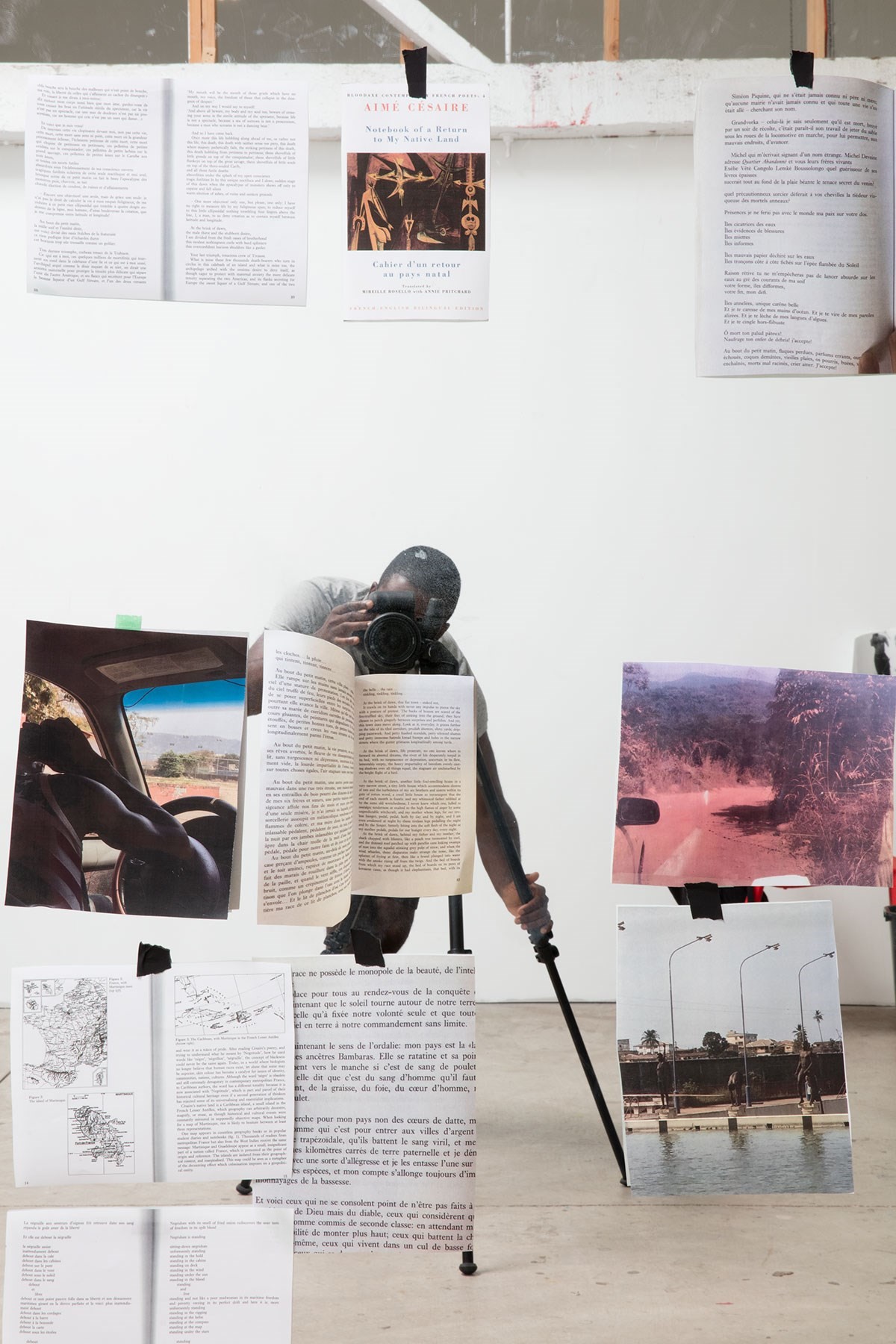
The Magi by Paul MD Kaplan
“Henry Louis Gates’ study, The Image of the Black in Western Art, is the definitive text that helped me to understand how blackness has been framed through a Western lens, and to appreciate further the efforts of black artists to redefine themselves and claim a space within the Eurocentric art historical cannon. His inclusion of Kaplan’s essay on the Magi is a fascinating example.”
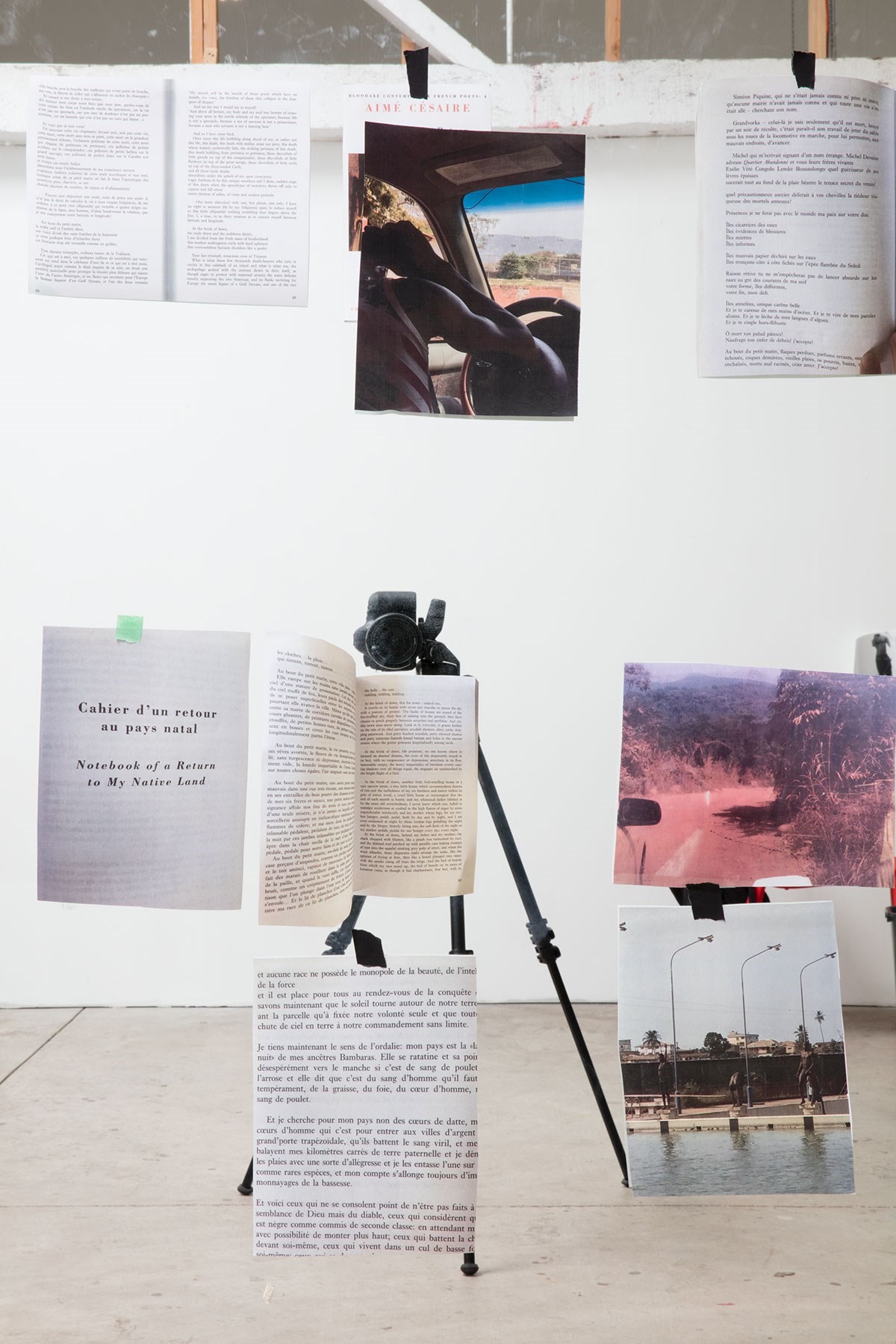

Michael by Hilton Als
“Hilton Als’ collection of essays, White Girls, on figures such as Truman Capote, Eminem, Richard Pryor and Michael Jackson, is intelligent, sharp, provocative and wonderfully bitchy. Challenging in its complex weaving of criticism, memoir, fiction and non-fiction. The text provides a thought-provoking criticism of contemporary culture, while simultaneously revealing the inner life of the writer. White Girls considers identity while entertaining contradiction, multiplicity and interconnectedness throughout. I’m particularly drawn to Als’ beautiful depiction of twinship. Below is his essay on Michael Jackson, published just after his death in 2009.”
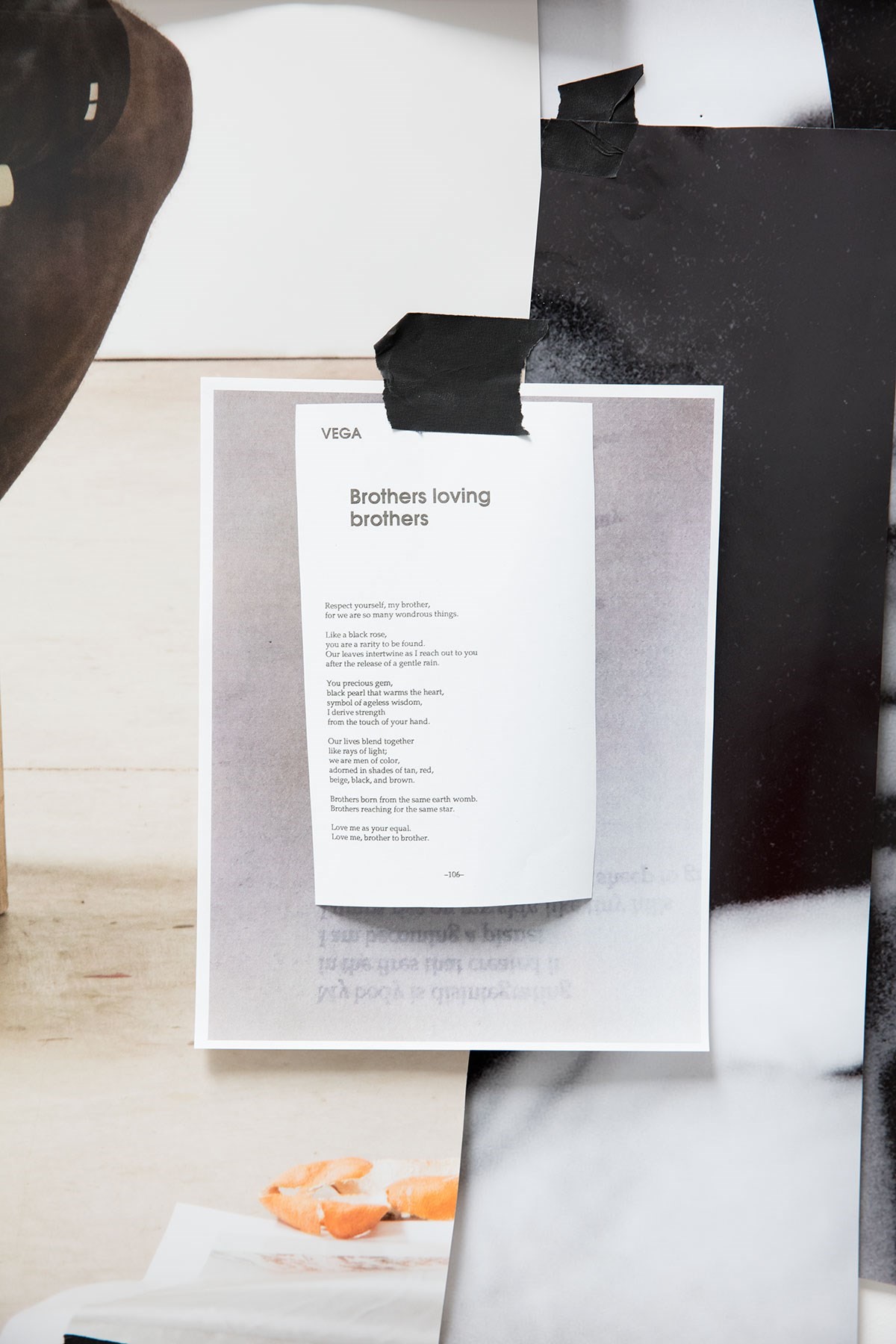
Notebook of a Return to my Native Land by Aimé Césaire
“I first read Notebook when I was 19, and I remember my father telling me he had read it at a similar age. It started a spiral of thinking, of self-discovery. I feel I have had to educate myself about my own history, and the young French Antillean writers like Frantz Fanon and his teacher Césaire were instrumental in this education. Notebook takes the form of an epic poem, exploring notions of self and cultural identity, ideas of the diaspora, and the experience of coming back to a place. Like Fanon, Césaire explores ideas of masking and unmasking reality. Césaire’s cinematic and rhythmic language merges people into landscapes in a cinematic procession, coloured with scenes of the fleeing Maroons – people moving in the shadows who linger in the imagination. Césaire’s text became a foundation of Négritude philosophy; a pride in blackness as a reaction against colonialism, the first step in a series of reactions that evolve through time. What I relate to in the text is the Caribbean sensibility, the descriptions of an island mentality and both a closeness and distance from his people. The text explores ideas of duality and ‘métissage’ and the diasporic relationship to place and cultural translation – strands of thinking that have led me on to further exploration in writers such as Édouard Glissant.”
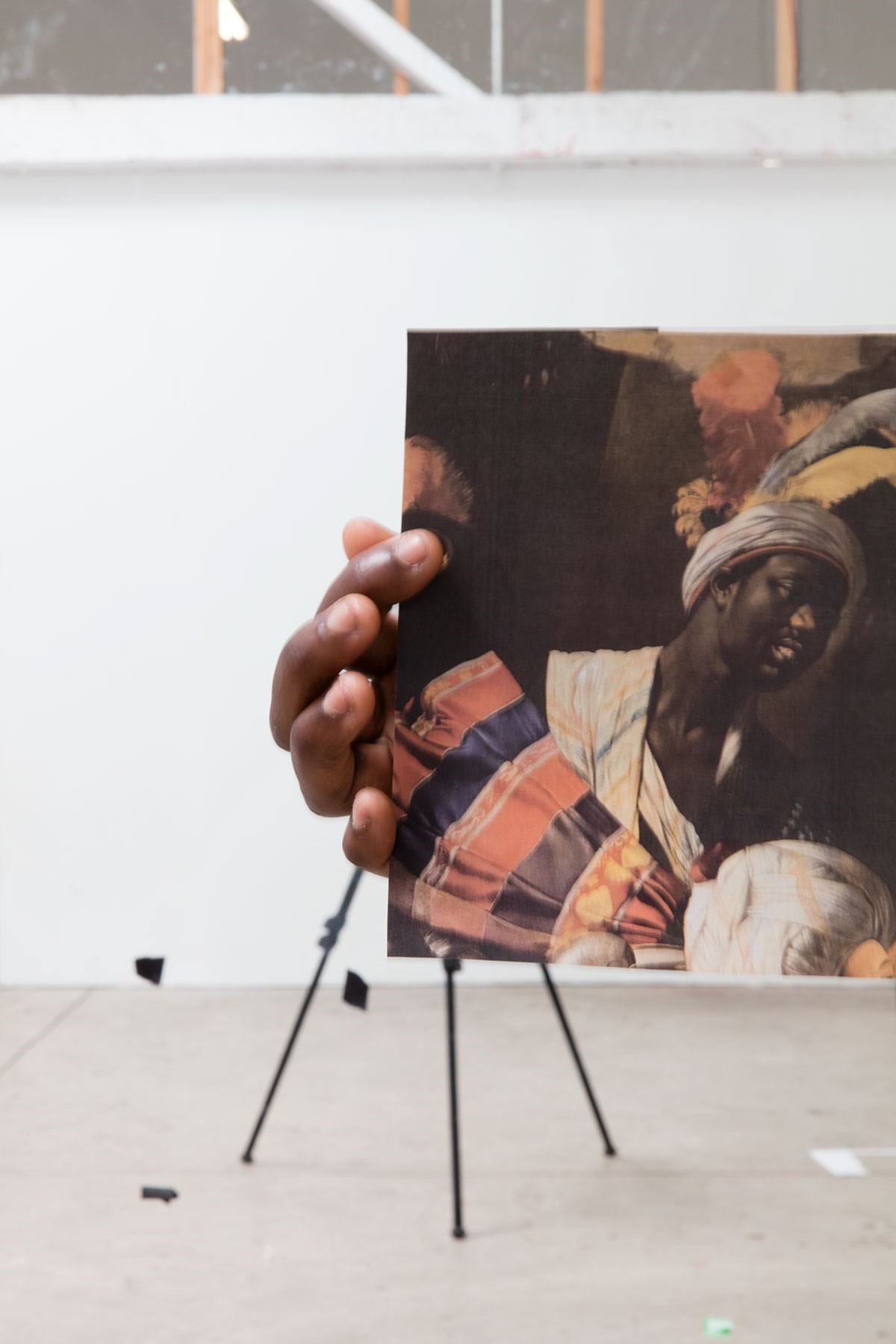
An Open Way by Ben Okri
“The introduction to Give Me a Moment, the artist David Hammons’ 2016 catalogue for his exhibition at The George Economou Collection, talks about writer Ben Okri’s influence on him, particularly his book, A Time for New Dreams. There’s an amazing essay in which Okri imagines the initial encounter between Picasso and an African mask; he suggests that it is the mask, the ancestors, that holds the agency in the interaction – it is the ancestors who use the artist as a vessel to pass on their ancient wisdom. This image stays in my mind when contemplating Hammons, considering encounters from multiple perspectives. Give Me a Moment contains commissioned poetry by Okri – words that help unravel the mysteries and spirituality in the presence of Hammons’ work. This book also revealed to me the fascinating breadth of materiality in Hammons’ art: ‘Fried chicken drumsticks and gold chains; melted records and reeds; the Stars and Stripes in red, black and green; a heat pipe wrapped in tin foil; bent Venetian blinds, and a monk’s robe; a Coke bottle and a cane, light bulbs, tinsel, charms, a raccoon’s tail; an old armoire; torn tarpaulins; a fake Louis XIV mirror and faux-African masks; paper bags; inner tubes; bottle tops; a cut-off hoodie... and words, twisted and torqued into objects, puns, digs and jokes.’”
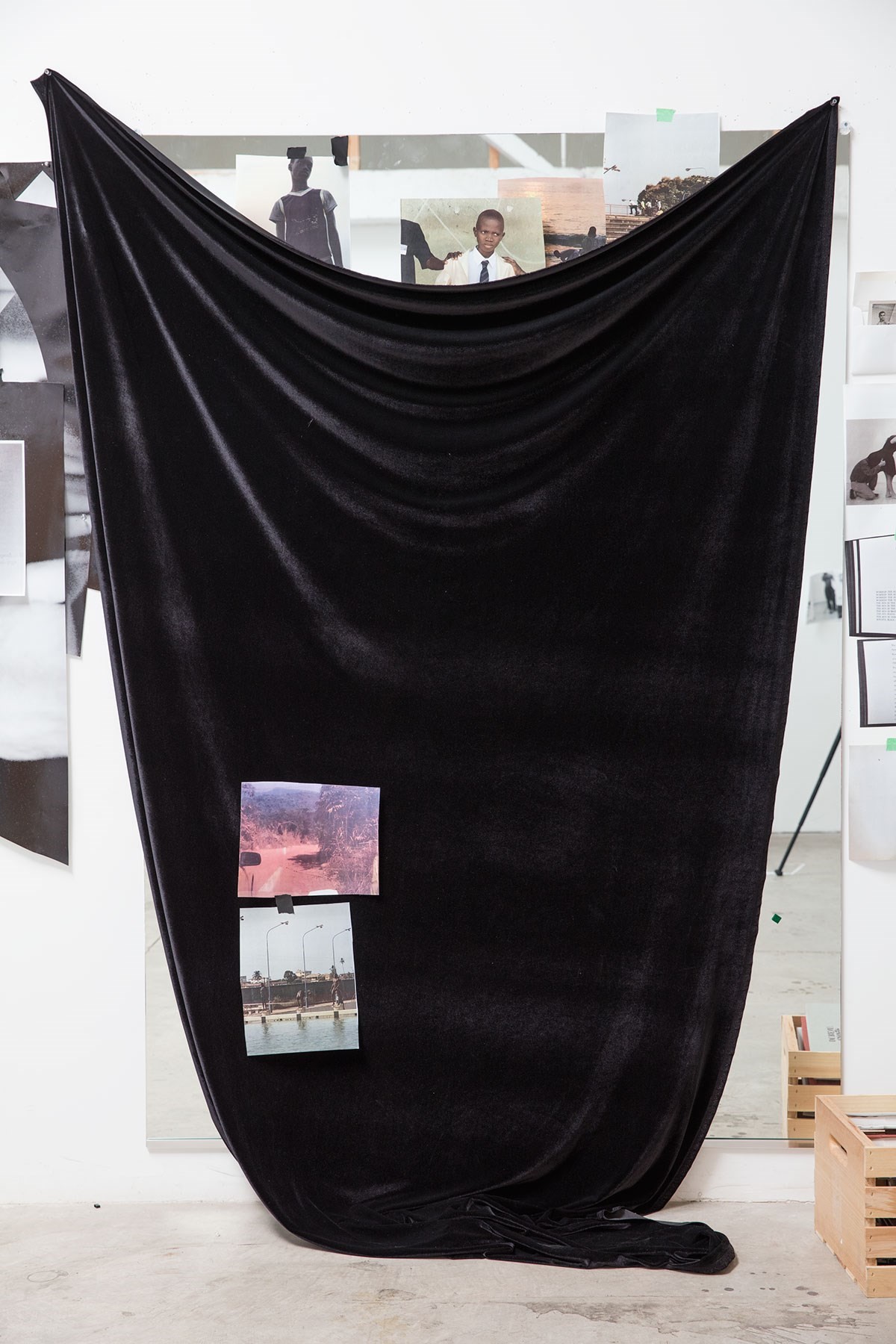
Brother to Brother: New Writing by Black Gay Men edited by Essex Hemphill
“This book, which was given to me by a friend, is a key collection of queer literature written in 1989. It’s an anthology initiated by gay-rights activist Joseph Beam and compiled by Essex Hemphill after Beam’s premature death from AIDS in 1988. Key voices include Marlon Riggs, Joseph Beam, Essex Hemphill, Isaac Julien and Kobena Mercer. Brother to Brother confronts the invisibility of black queer life, exploring love, brotherhood and solidarity through poetry and critical thought that shape new visions of masculinity. It feels like a contemporary response to Fire!! – the magazine produced by a collective of Harlem Renaissance poets, writers and artists, including Langston Hughes, published in 1926. I had become aware of Essex Hemphill’s work through Isaac Julien’s film, Looking for Langston (1989), and was familiar with Marlon Riggs’ 1989 documentary, Tongues Untied. I actually sampled audio from the film in my Spring/Summer 2016 presentation, Malik. This book adds further depth and context to the films, situating these artists within a wider chorus of discussion.”
This feature originally featured in the Autumn/Winter 2017 issue of AnOther Magazine which will be on sale internationally from September 14, 2017.
